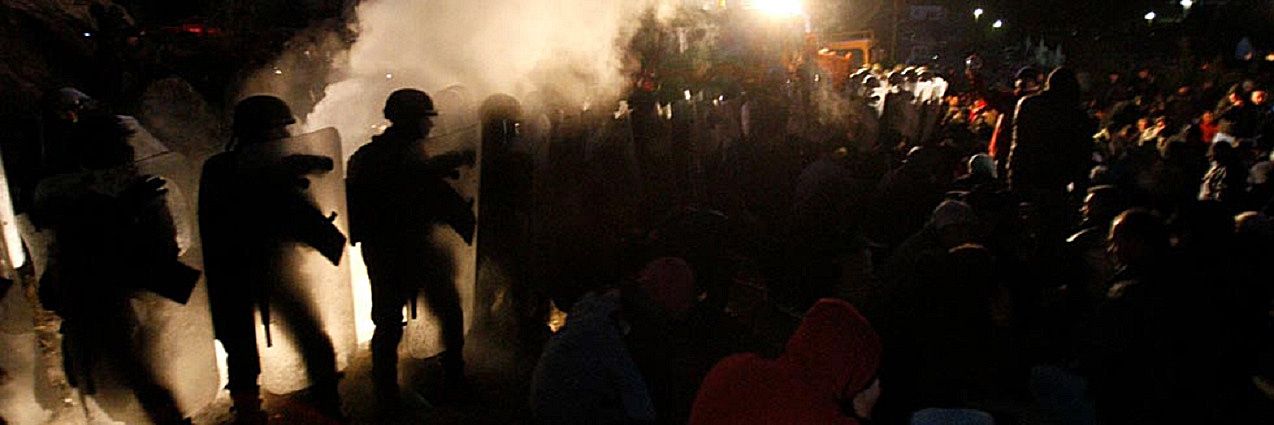Brussels - 25 September, 2015 European Defence Agency
The European External Action Service (EEAS), in the framework of the Luxembourg Presidency and in cooperation with the European Military Staff and Crisis Management and Planning Directorate, organised a conference on Countering Hybrid Threats, held on 24 September 2015. Jorge Domecq, the European Defence Agency (EDA) Chief Executive was among the keynote speakers to present the EDA work and priorities regarding tackling hybrid threats.
The opening remarks were delivered by HE Ambassador Stephan Müller, the Luxembourg Representative to the Political and Security Committee (PSC), whereas the keynote speeches were presented by Mr Maciej Popowski, the EEAS Deputy Secretary General, Jorge Domecq, the EDA Chief Executive, and a representative of the Space, Policy, Copernicus and Defence Diractorate of the European Commission.
“One thing is certain, hybrid warfare poses a significant challenge to the EU, its citizens and its interests, and time is of the essence to develop a joint approach to effectively tackle hybrid threats,” said Jorge Domecq and presented three main areas the EDA activities are currently focused on. In particular, Jorge Domecq indicated capability development, civil-military synergies and EU-NATO relations. The EDA Chief Executive announced the upcoming EDA-led war-gaming exercise in February 2016 that shall stress-test available defence capabilities against hybrid threats. “The aim is not to re-invent and come up with a set of new capabilities, instead, the exercise will allow us to see where extra attention is needed and how the capability that exists should be used,” he explained. Moreover, Jorge Domecq underlined the necessity of dual use within Research & Technology domain to avoid “spending twice”, thus to enhance civil-military synergy. Additionally, he emphasised the EU-NATO complementary approach in both directions regarding countering hybrid threats, claiming that this is “not an option, but an absolute need”.
Jorge Domecq’s speech, along with the two other keynote presentations, provided solid grounds for fruitful discussions continued in three panels, which were devoted to various aspects of facing hybrid threats. Among a number of topics raised, the conference participants dwelled upon identifying vulnerabilities hybrid warfare makes use of, shaping awareness of hybrid threats, resilience and deterrence against possible threats, aspects of information sharing or EU-NATO cooperation. As a matter of fact, Roland van Reybroeck, the EDA Director Cooperation Planning and Support was a speaker of the third panel discussion and talked about building resilience.
Beyond achieving better understanding on hybrid threats, the discussions held at the conference will contribute to the ongoing works on the Joint Framework on Hybrid Warfare that shall be prepared by EEAS by the end of December, together with the Commission and EDA. “If Europe succeeds in offering a credible answer to hybrid treats, it will certainly enable us to make a very meaningful contribution to the security view, becoming a relevant partner and a security provider rather than a security consumer,” said Jorge Domecq, the EDA Chief Executive.
More information:








